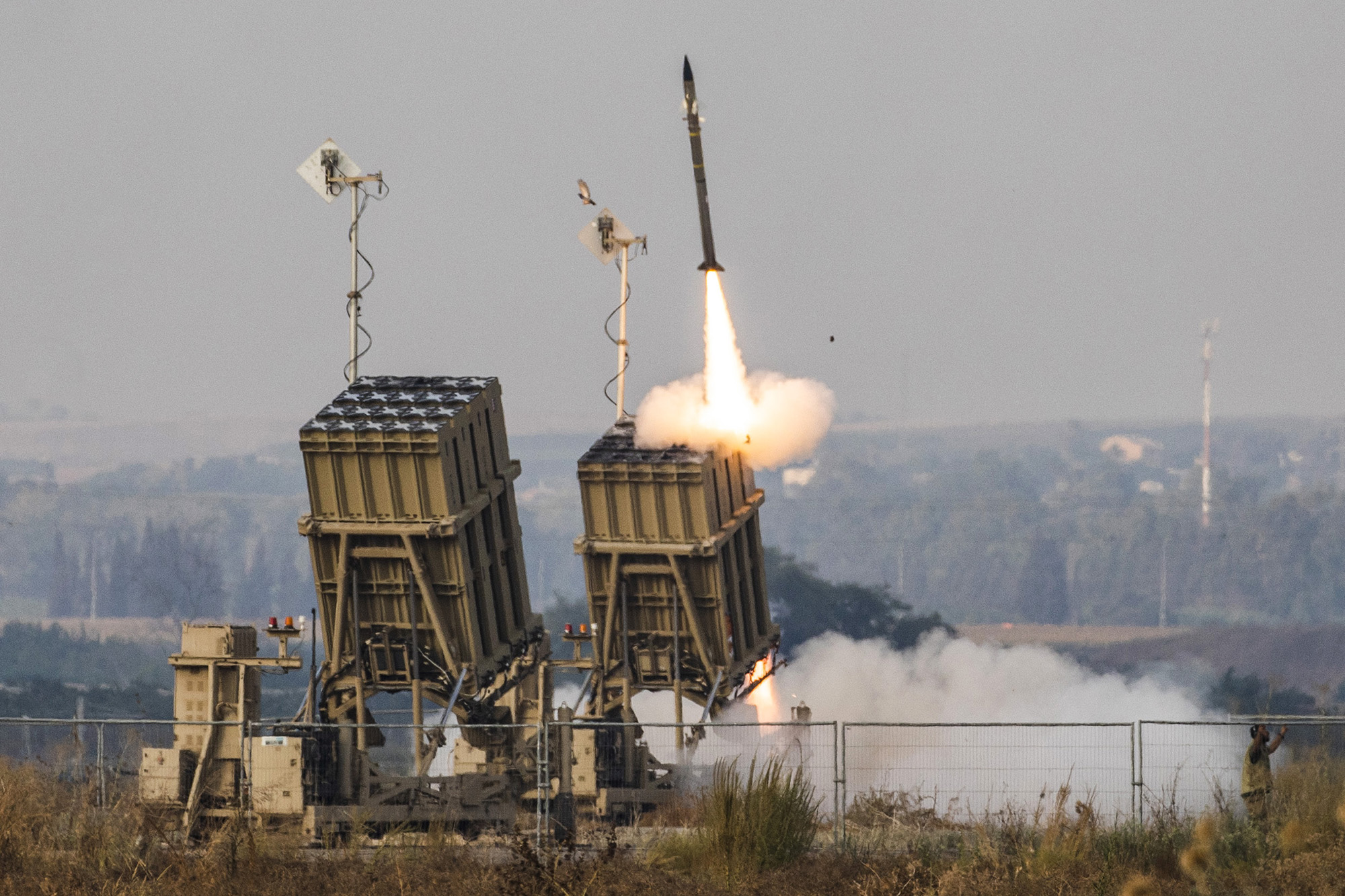In response, Israel instructed residents to stay close to bomb shelters as air raid sirens sounded across the country. However, the Iron Dome Air Defense System reportedly struggled to intercept the wave of Iranian ballistic missiles . In a notable first, Iran utilized a hypersonic missile in its attack. The more we learn, the clearer it becomes that Israel struck in the nick of time: Iran was very close to the bomb. Its ballistic missiles were becoming a dire threat. And then there's that derided. New Delhi: In the early hours of June 13 , Israel launched coordinated strikes deep inside Iran – hitting its nuclear facilities and military bases. Among the dead were senior commanders of. Iran has labelled the attacks a declaration of war, and has responded with its own missile salvoes, with the civilian populations of both nations bearing the brunt of the conflict. Iran ' s missile attack on Israel involved over 180 projectiles, including the hypersonic Fattah missile, marking a response to the killing of key figures. The operation exposed weaknesses in. The Iranian missile attacks began June 13 after Israel launched what it called a pre-emptive strike to prevent Iran from developing nuclear weapons. Operation Rising Lion targeted Iranian nuclear sites and military installations, killing hundreds, including several of the country’s top military leaders. Iran retaliated by launching a wave of missiles at Israel, with footage showing some striking residential buildings in Tel Aviv and others being intercepted by the Iron Dome. Israel's Iron Dome air-defence system intercepted many of the missiles fired at Tel Aviv during Iran ' s barrage. Iran has used some of its most powerful weapons to unleash a major attack on Israel in response to the killing of senior Hamas, Hezbollah and Revolutionary Guard leaders.
Shocking Revelation: The Weakness in Israel's Defense Against Iran
Hidden War: The Shocking Reality of the Iran-Israel Conflict
The Future of the Middle East: Israel Airstrike on Iran and Beyond
